Keishun-in Temple is a sub-temple of Myoshinji Temple.
Keishun-in Temple was founded in 1598 by Hidenori Tsuda, the second son of Nobutada Oda, the eldest son of Nobunaga Oda, as Gisei-in Temple. The sliding door paintings in the hojo are by Kano Sansetsu. The tea ceremony room, Kihakuan, used to be in the Nagahama Castle along with the shoin (drawing room).
Keishun-in is one of the few sub-temples of Myoshin-ji that is always open to the public, along with Taizo-in. However, the tearoom is not open to the public except for special events.
Keishun-in gardens
The garden is designated as a national historic site of scenic beauty. It has four different types of gardens: “Wabi,” “Seijo,” “Shii,” and “Shinnyo”.
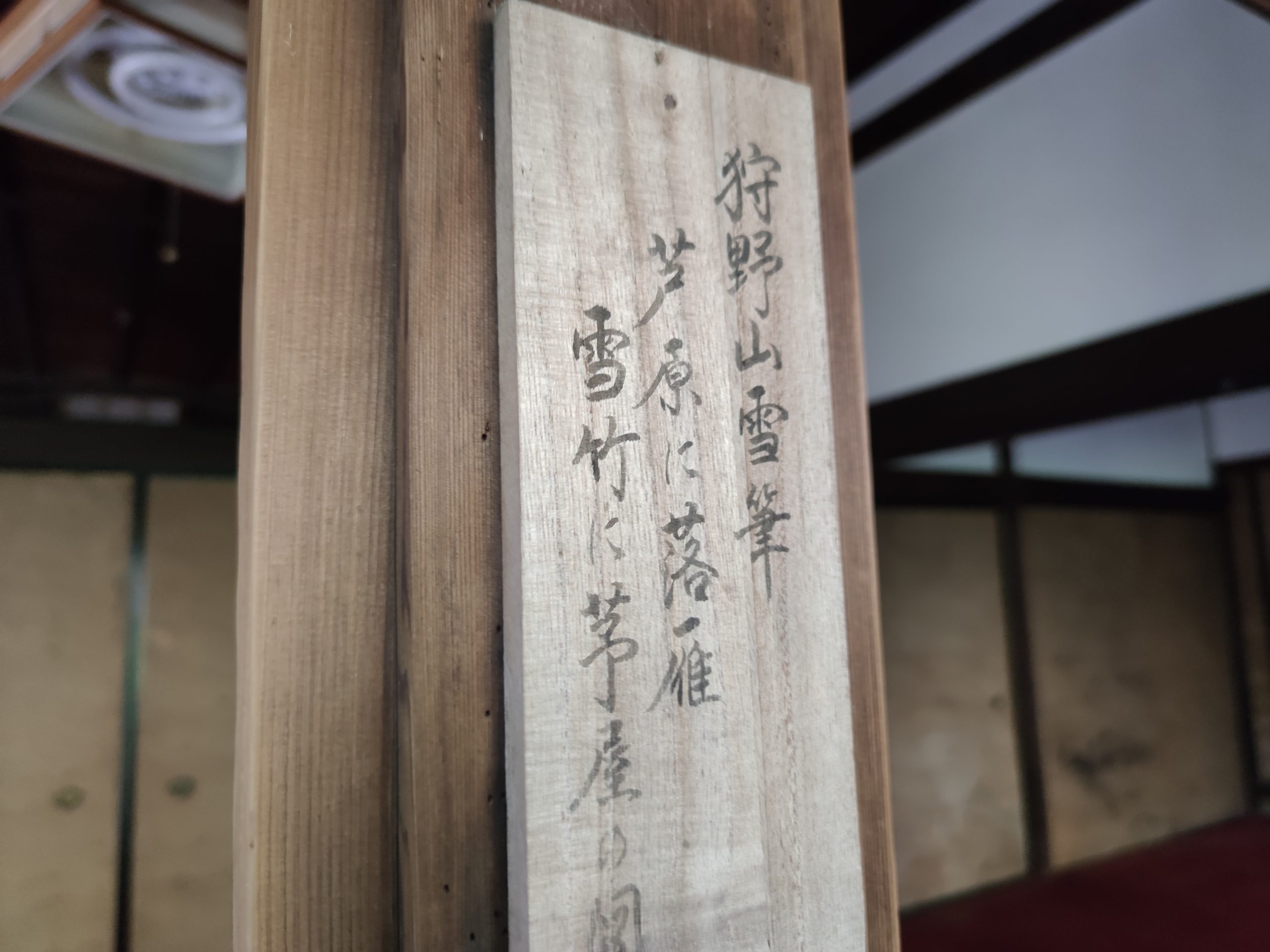
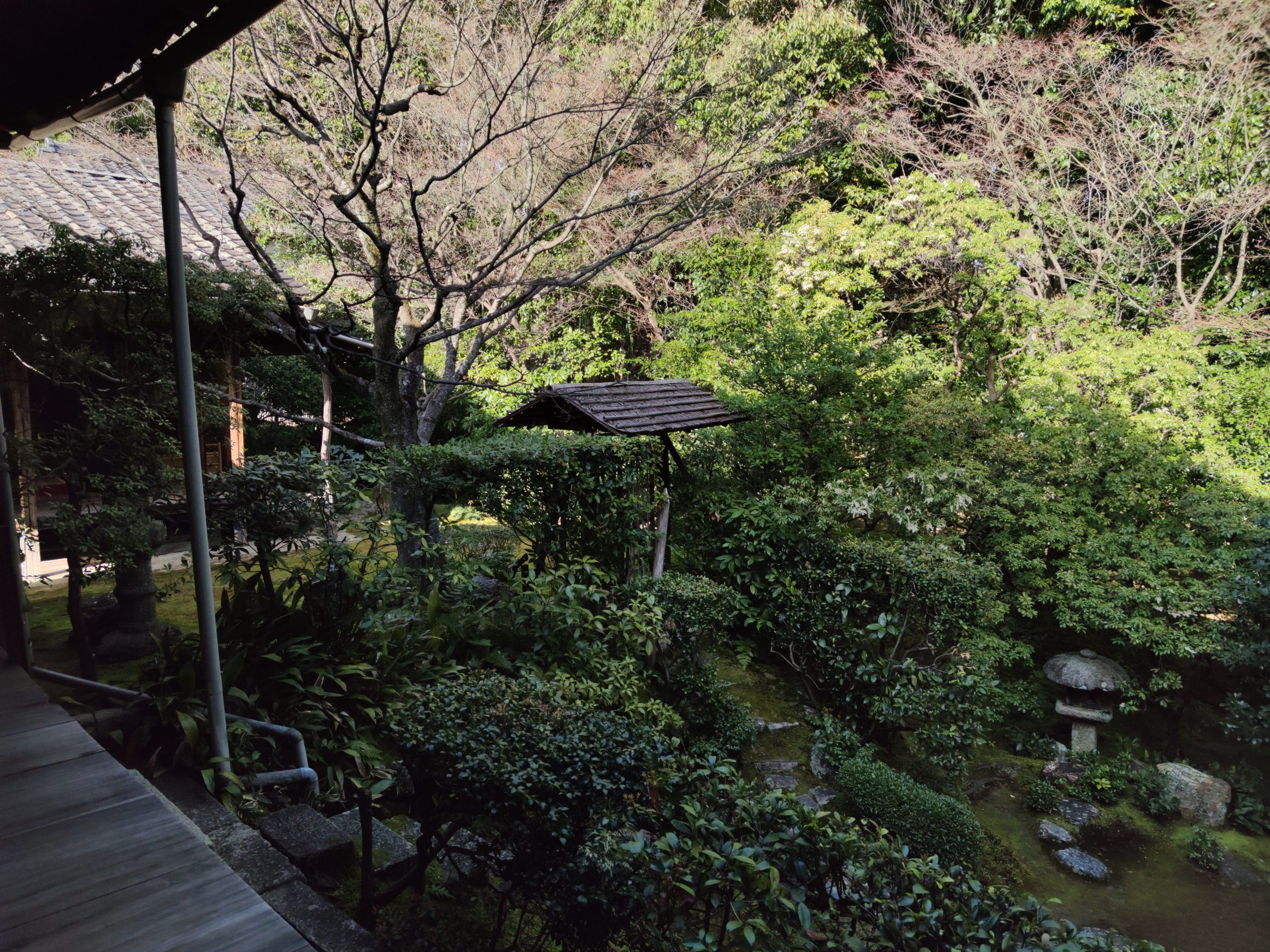
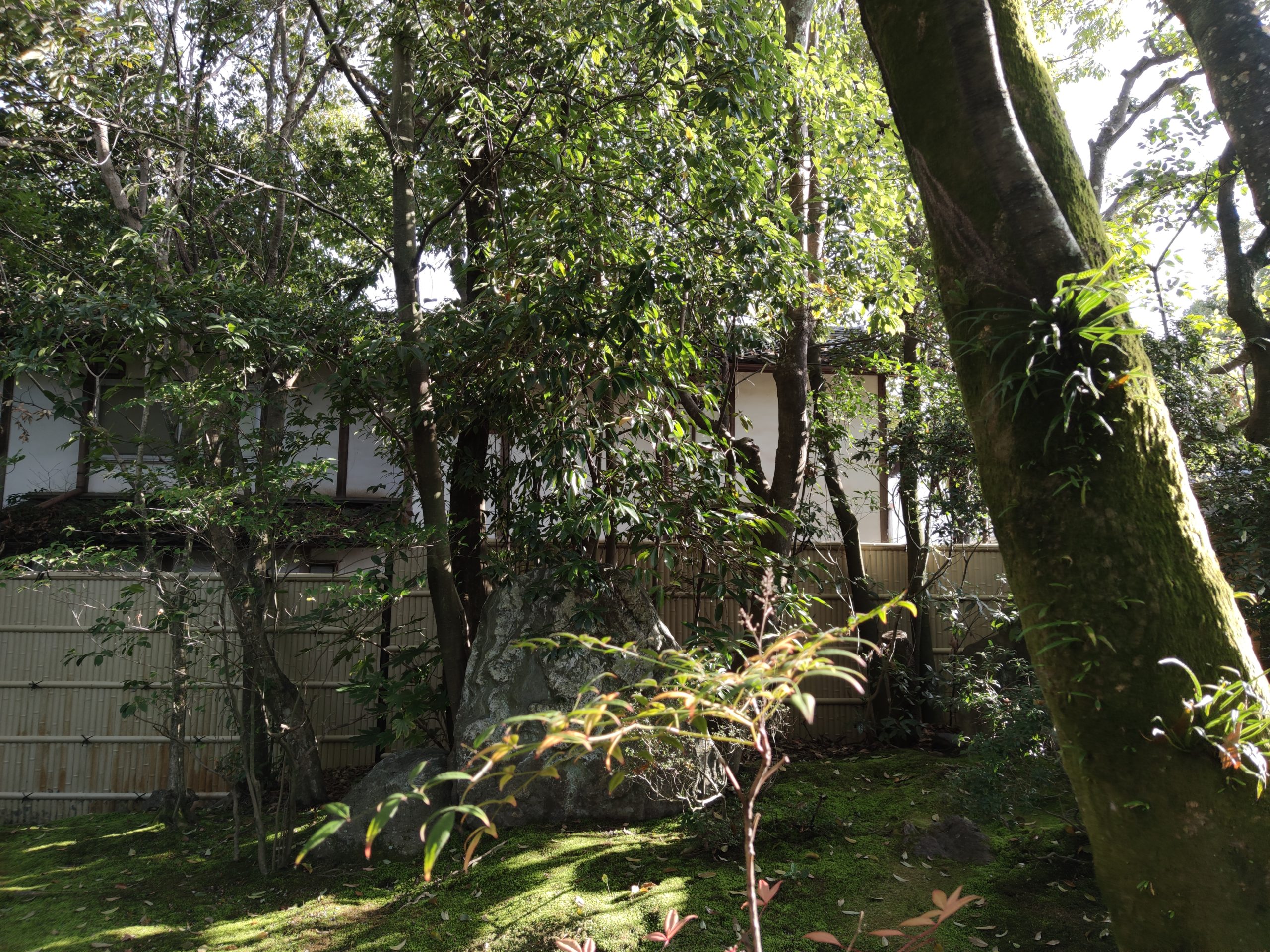

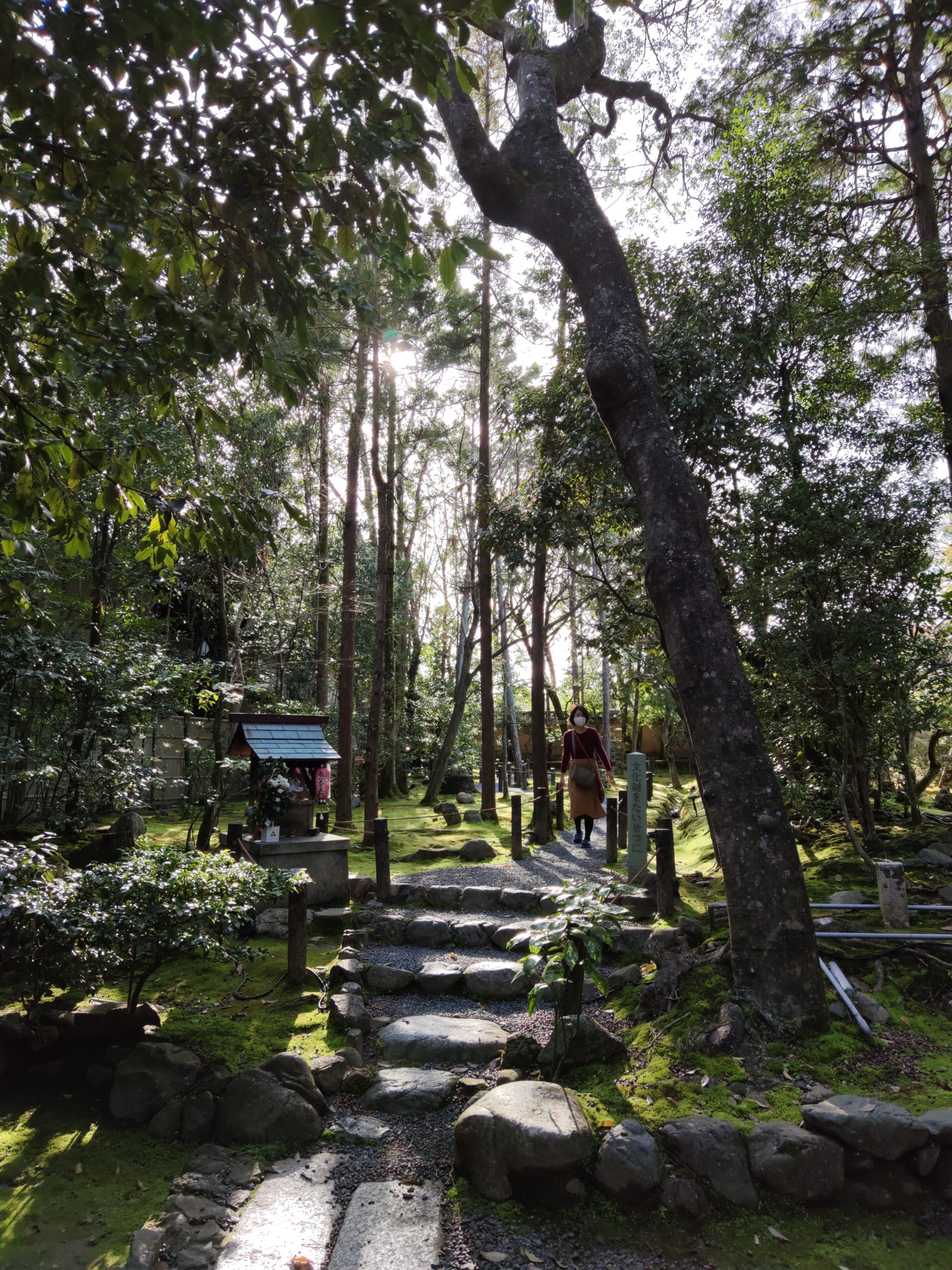

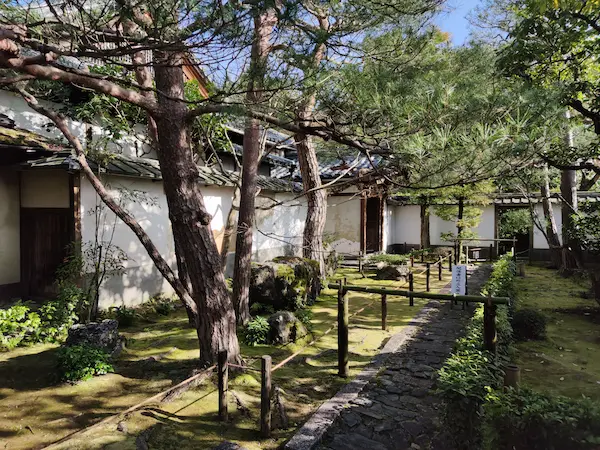
Nearby spots
It is a good occasion to see Myoshinji temple and its sub-temples. Many of the sub-temples are open to the public at limited times, so please consult with your guide to determine which ones you can visit.
During the flowering season, such as hydrangea and lotus, Houkongo-in Temple, renowned as a temple of flowers, is open to the public. It is a 10-minute walk.
Related articles:
[…] halls, gardens, tea houses, or historical structures that are worth exploring. They are Taizo-in, Keishun-in, and […]
[…] Myoshinji Temple (妙心寺) Taizo-in (Myoshinji) 退蔵院 Keishun-in (Myoshinji) 桂春院 […]
[…] visiting Taizo-in Temple, why not visit Myoshinji Temple and its sub-temples, such as Keishun-in Temple, together? There are numerous other sub-temples, such as Tōrin-in, but you can only enter them […]
[…] nearest other sub-temple is Keishun-in temple, which is always open to the public. There you can enjoy the garden and have matcha […]
[…] to the public only at very limited times. In addition to Daishin-in Temple, Taizo-in Temple and Keishun-in Temple are open to the public throughout the […]